Traditional Indian Jewellery: History And Significance
12/01/2022 2022-01-12 13:09Traditional Indian Jewellery: History And Significance
Traditional Indian Jewellery has a recognition of its own. Jewellery, in general, enhances one’s beauty. In Indian culture, the jewellery that women wear, signifies their status, wealth, and status, in the society.
The history of Traditional Indian Jewellery is as old as Indian History! The word jewellery originates from the Latin word “jocale”, meaning plaything. 5000-7000 years ago during Ramayana & Mahabharata times was when jewellery and thus the art of eager to adorn oneself was stereotyped. Traces of beaded jewellery are continually plant back to 1500 BC during the Indus Valley Civilization.
History of Traditional Indian Jewellery
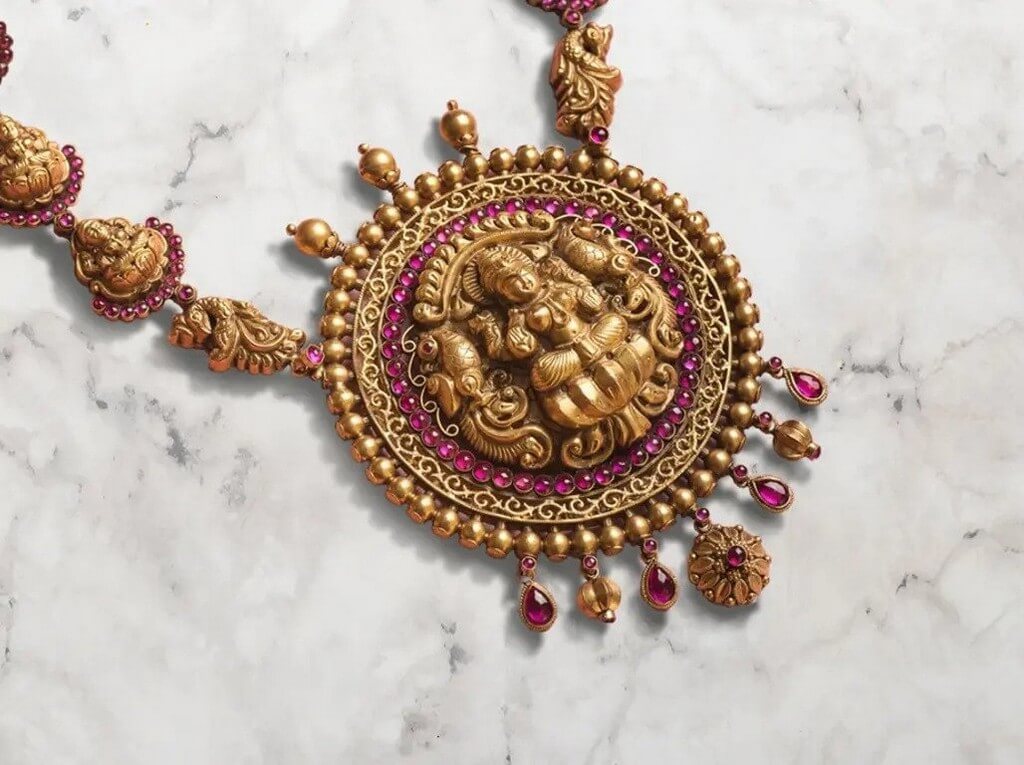
Beads, shells do n’t really have a time period and metals are frequently used to make jewellery was discovered latterly by the Indus Valley region. India had a huge inventory of precious metals and gems; it prospered thanks to import & exchange with other nations.
India was the primary country to mine diamonds. Mughals reined in India during the 16th century. They brought along their knowledge and art of jewelry making to the flourishing cultural Indians.
From head to toe, traditional jewellery highlights the air of each Indian Woman.
Take a glimpse at the normal Indian jewellery pieces and immerse yourself within the rich varied heritage of our country.
VENI/JEWELED BRAID, PAASA, MAANGTIKA
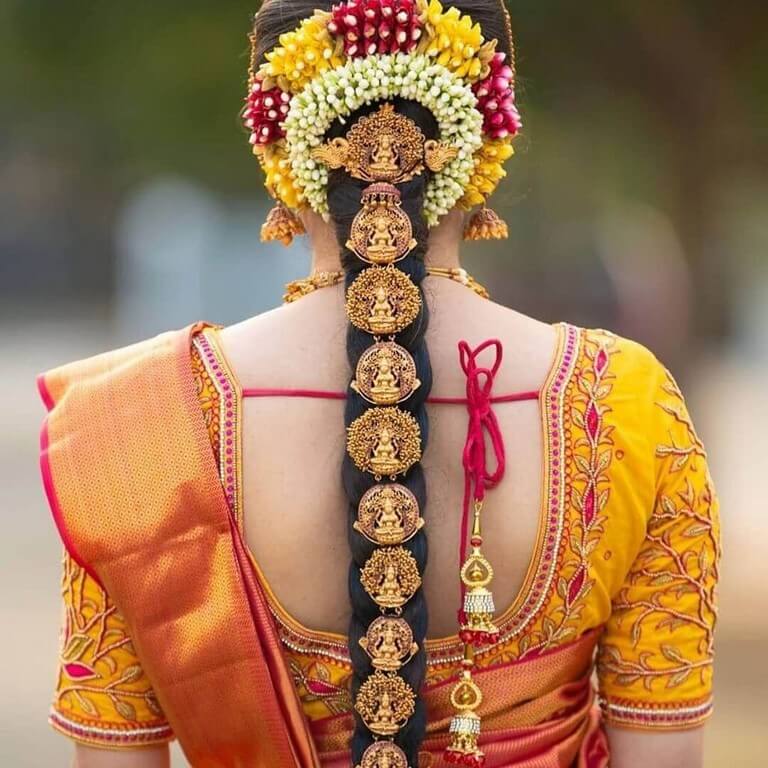
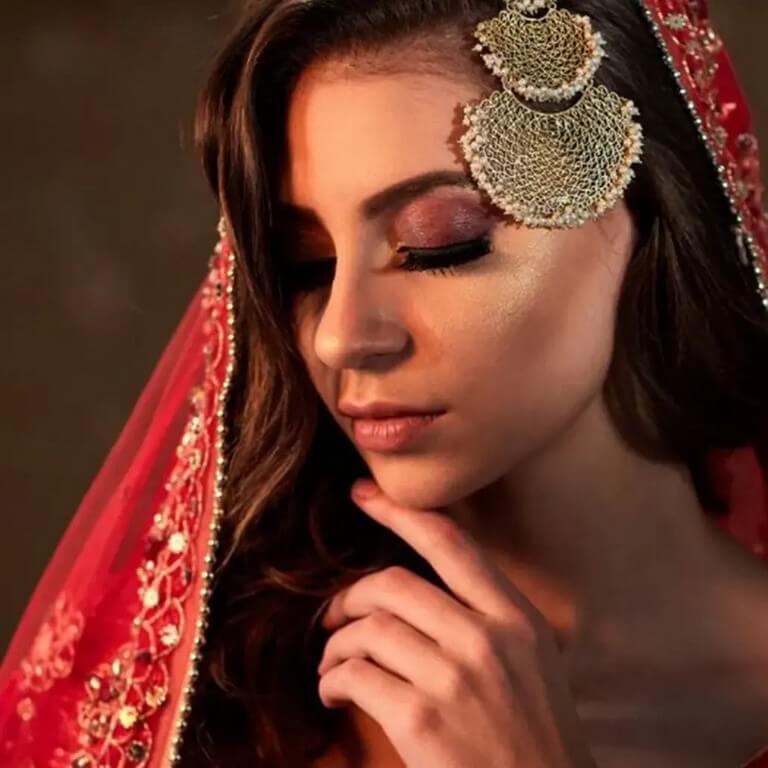
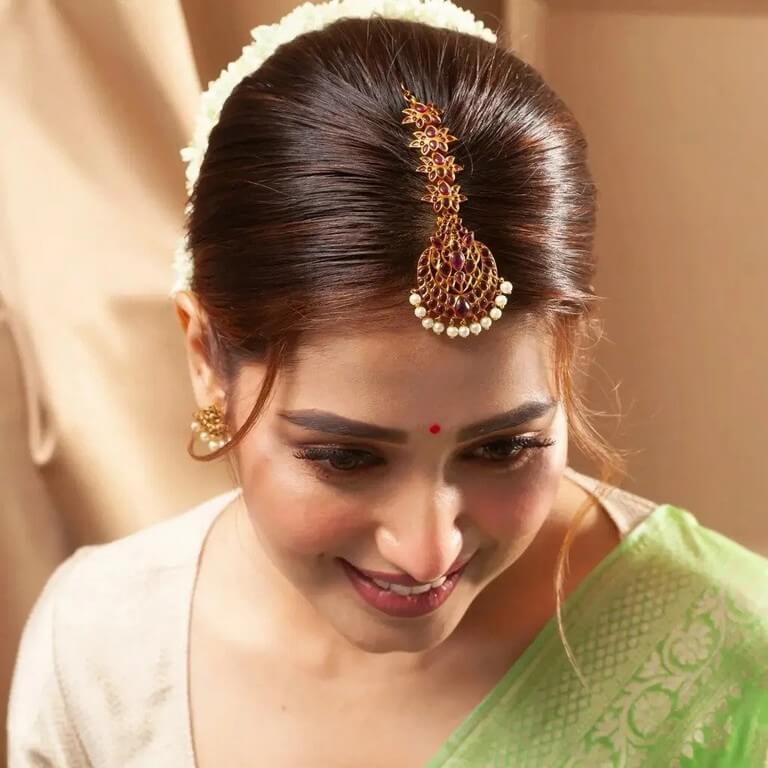
Your hair may be a reflection of your identity. Long, short, curled, straight. Who doesn’t wish to term her hair with some accessories? A Veni may be a jeweled plat worn once you tie your hair during a plat. Traditionally worn on special occasions, veni pins are available and may be worn as a hair clip too. A Paasa & Maangtika are sister jewellery pieces, paasa being worn on one side of the top and maangtika worn within the center partition of the hair.
CHANDBALIS, JHUMKAS, KANVELIS, NATH
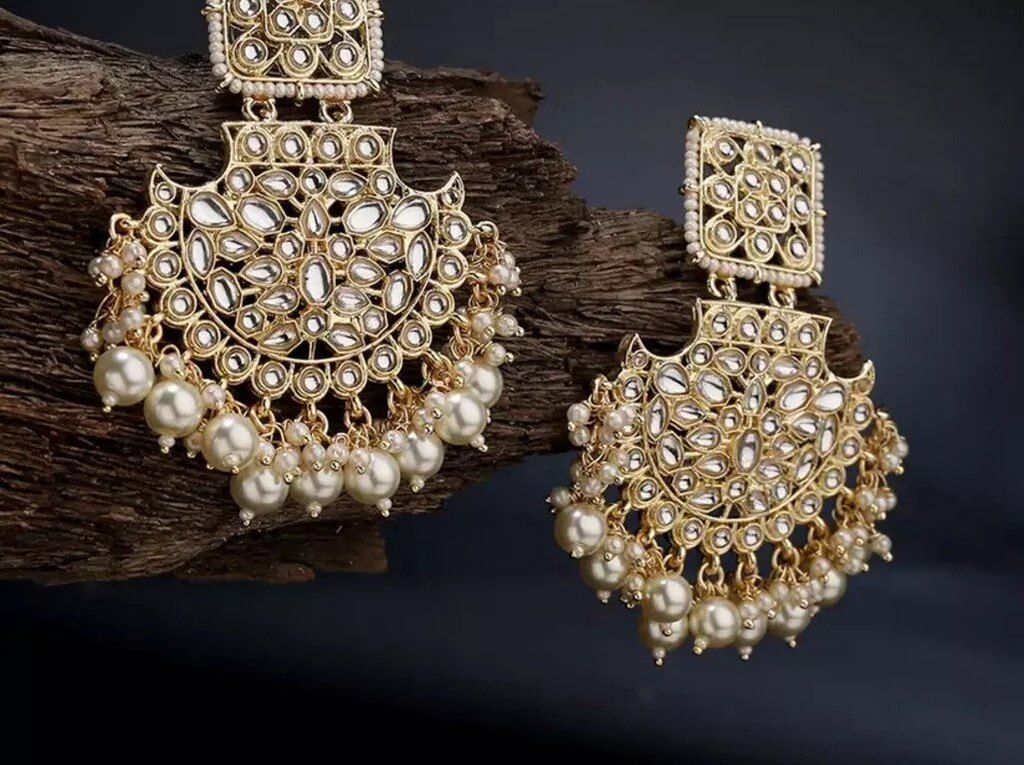
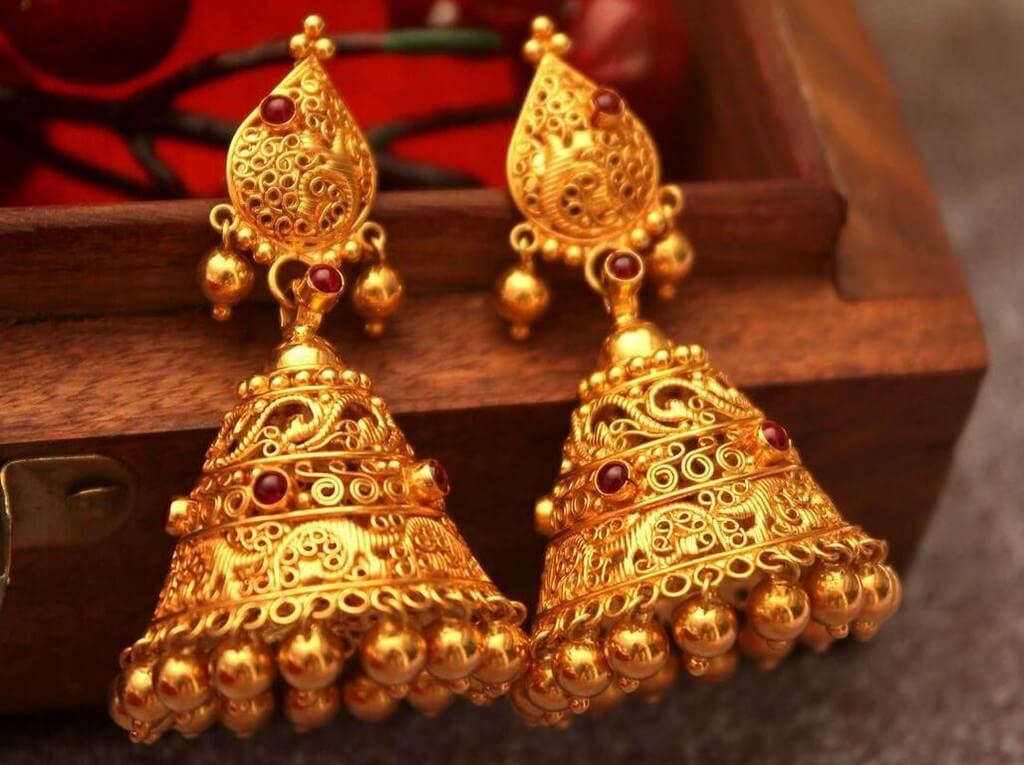
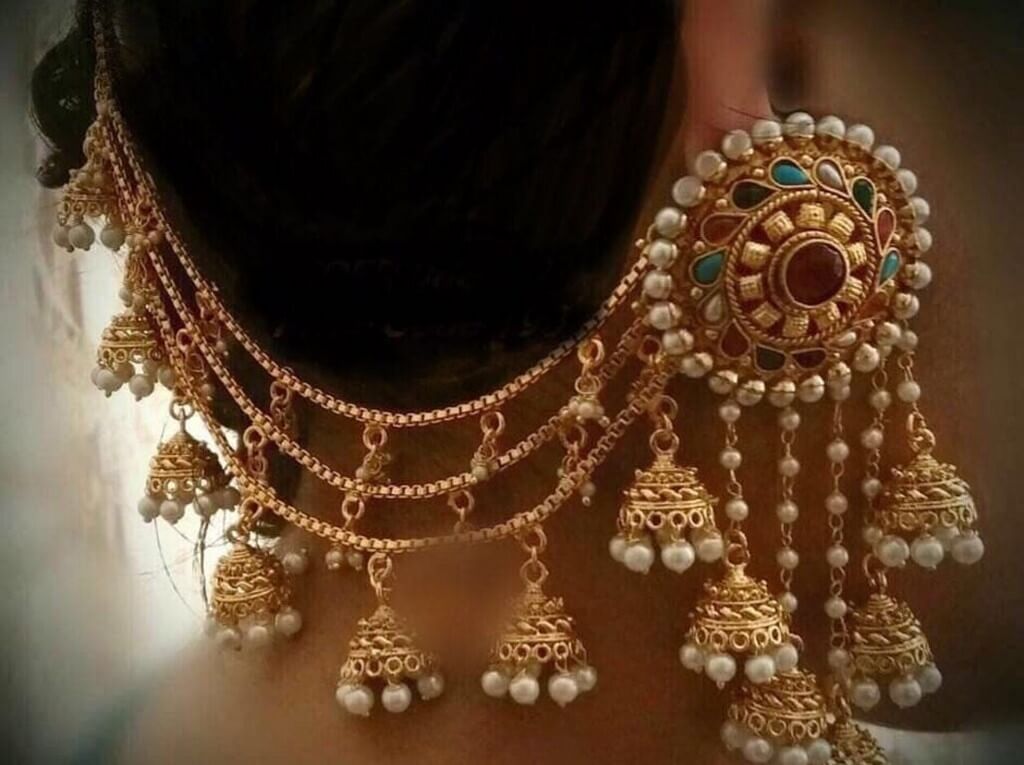
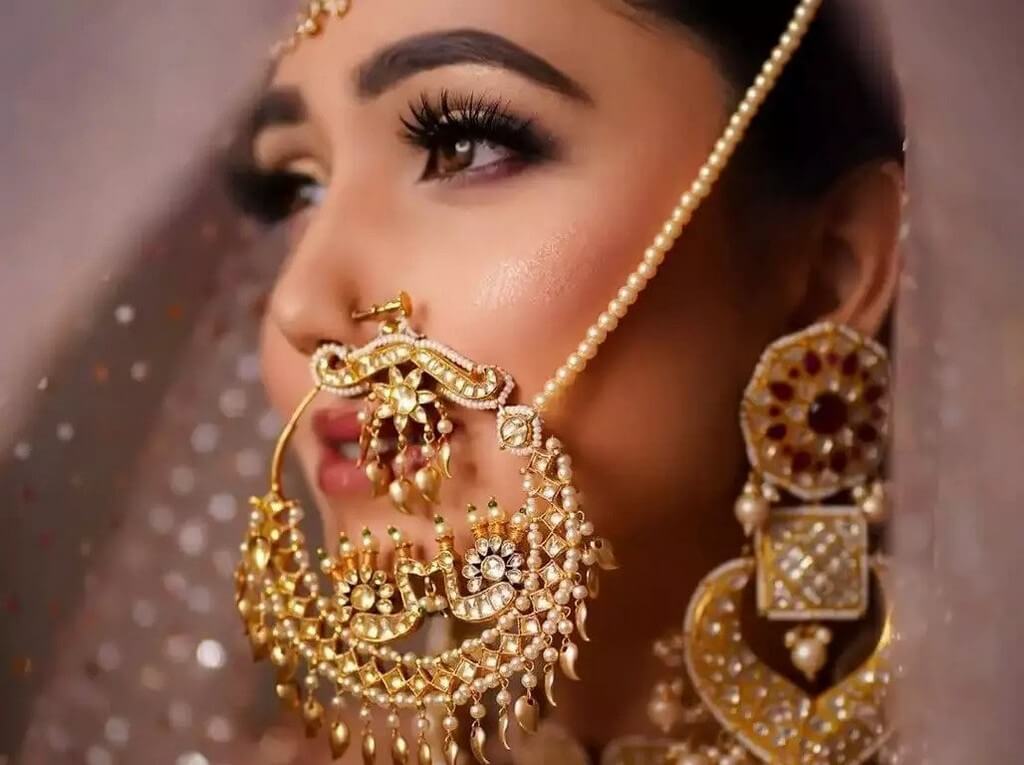 Earrings are enamours of your ears. Traditionally heavy and complex work earrings add another dimension to one’s beauty. Chandbalis get their name for representing the foremost beautiful heavenly stars the moon’. Earrings within the shape of the moon add an oracle ambience to your look. Jhumkas are as ancient as our heritage, the Jhoomar-chandelier like design is ethical & respects your neck impeccably. Kanvelis are small, delicate pearl earrings worn on the helix of your ears, go flawlessly with the old saying‘ expose as beaucoup jewels as you can’. Ultimately the nath-jewellery worn on the nose, this lights up your face like no other jewel can. Traditionally made from pearls and a couple of ruby stones, the variability available now’s truckloads starting from diamonds to kundan.
Earrings are enamours of your ears. Traditionally heavy and complex work earrings add another dimension to one’s beauty. Chandbalis get their name for representing the foremost beautiful heavenly stars the moon’. Earrings within the shape of the moon add an oracle ambience to your look. Jhumkas are as ancient as our heritage, the Jhoomar-chandelier like design is ethical & respects your neck impeccably. Kanvelis are small, delicate pearl earrings worn on the helix of your ears, go flawlessly with the old saying‘ expose as beaucoup jewels as you can’. Ultimately the nath-jewellery worn on the nose, this lights up your face like no other jewel can. Traditionally made from pearls and a couple of ruby stones, the variability available now’s truckloads starting from diamonds to kundan.
RANI HAAR, GULBANDH, SATLADA, KAMARBANDH
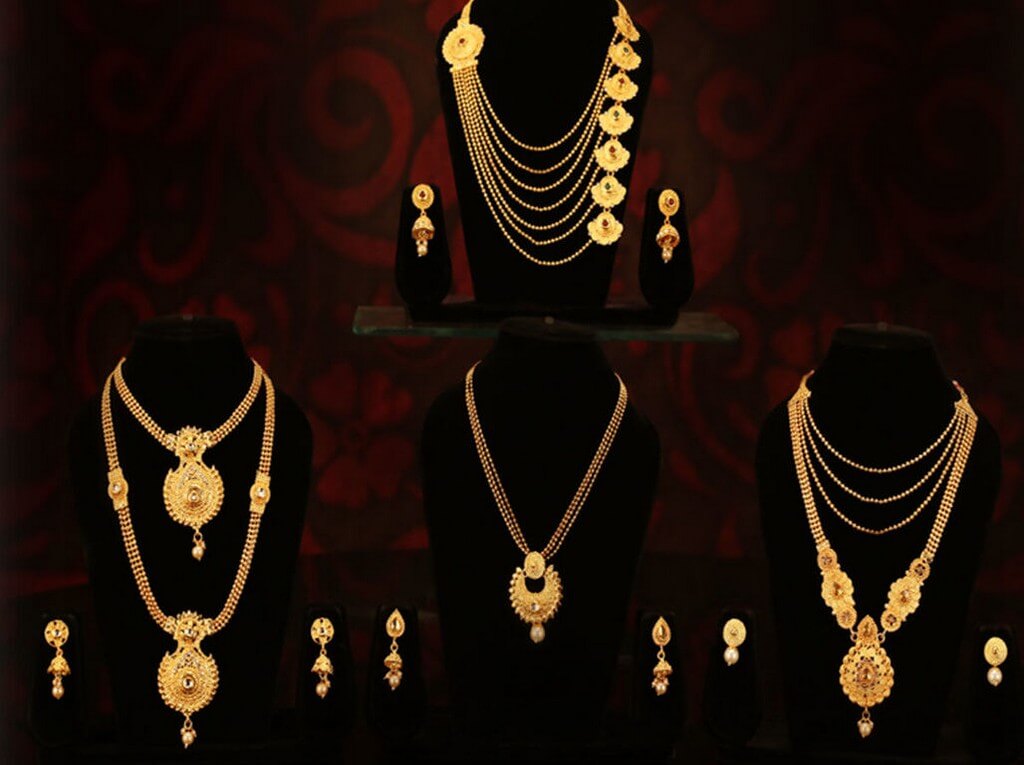
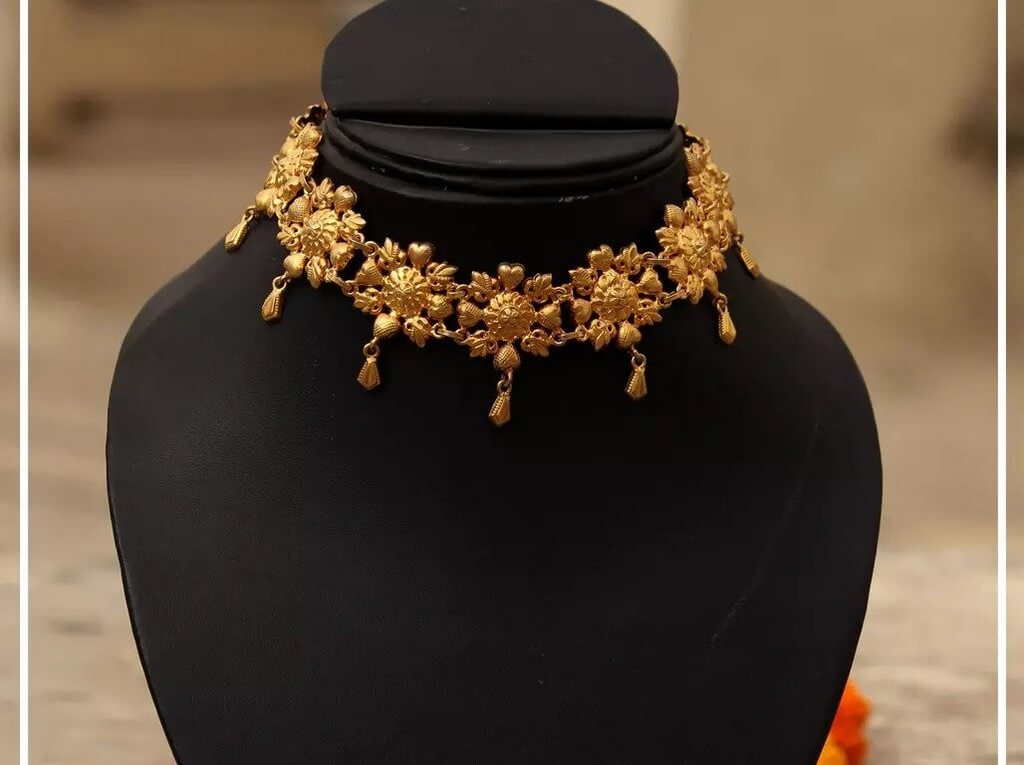
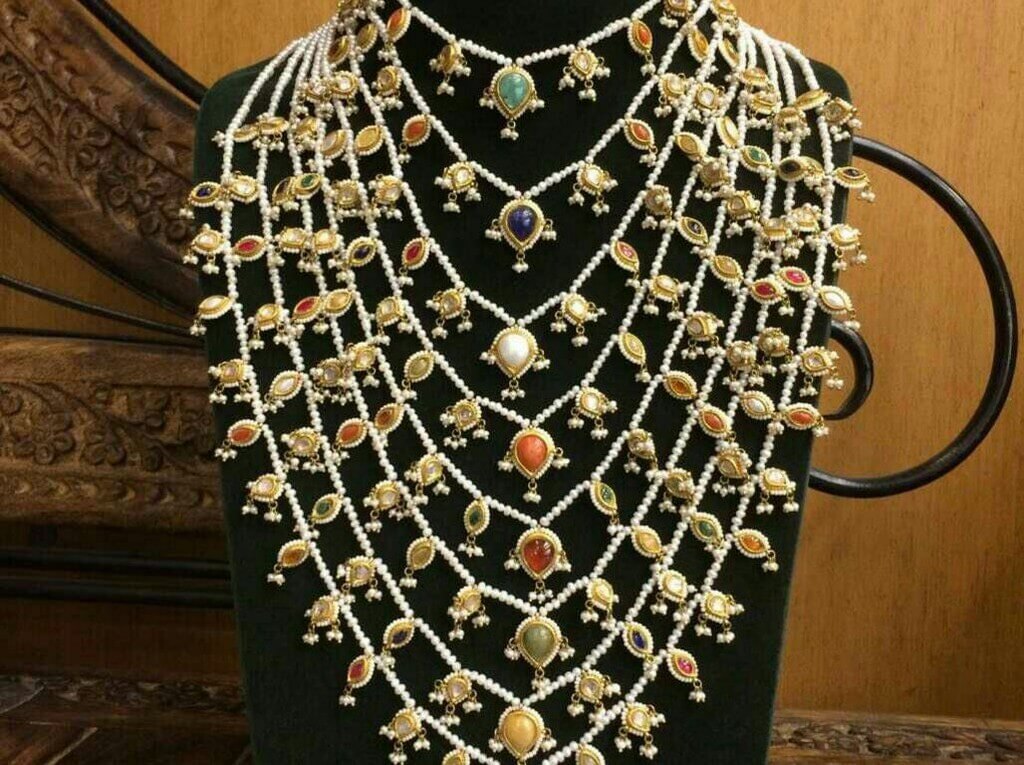
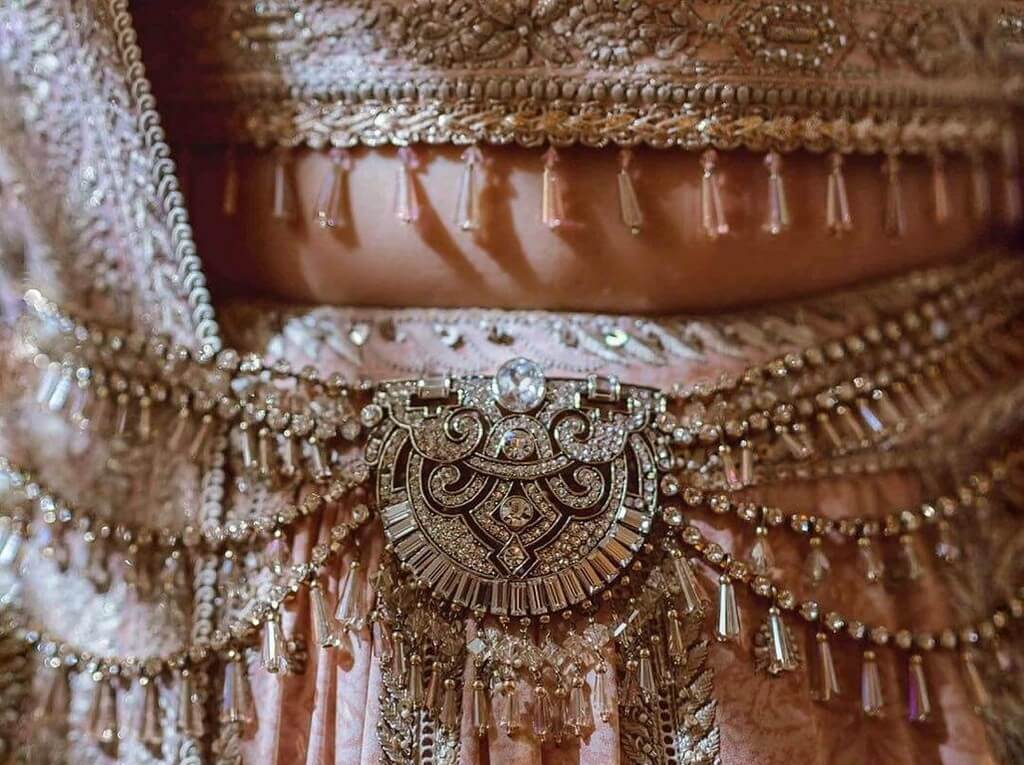
Chokers have been a symbol of majesty since the days of rajas maharajas in India. Men wore chokers with the maximum amount of vigour as women, if lower. Rani Haar because the name itself suggests, perhaps a long choker fits the queen that you are! Gulbandh sits immaculately below the collarbone the right flattering length, it’s called a queen choker too, a standard choker worn by the likes of the queen in Rajasthan.
Traditional Indian Jewellery of Indian heritage jewellery
Satlada-seven chokers in one. Satlada is for the evenings once you want to travel all out & be the rockstar. Brace a satlada together with your blend gown to up your cheek quotient.
Kamarbandh accentuates your midriff & was worn traditionally to offer a sandglass figure without the pain of wearing a corset. Kamarbandha provides a twist to plain anarkali dresses, they are paired with dresses, sarees & gowns too!
BANGLES, BRACELETS, HAATHPHOOL
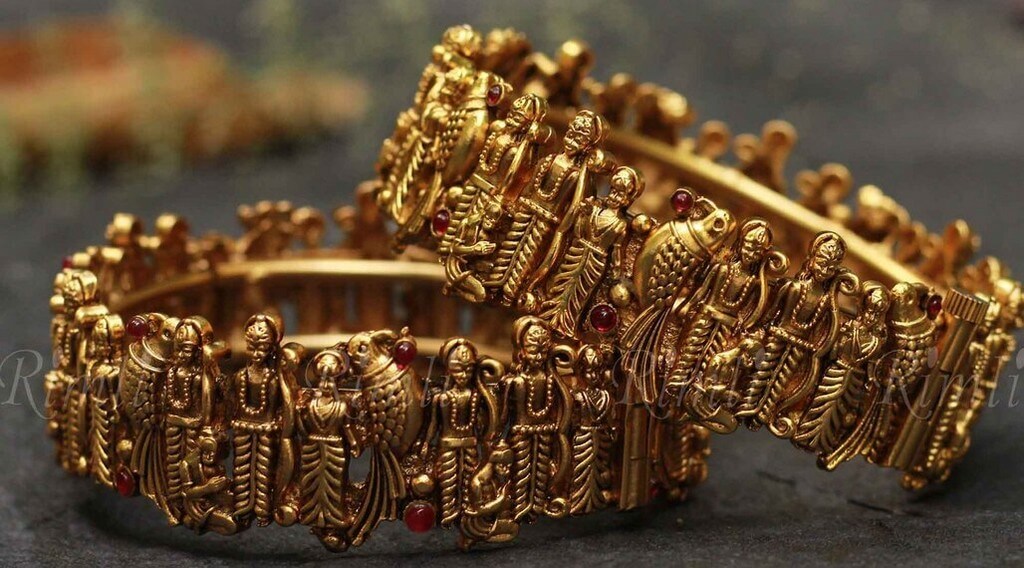
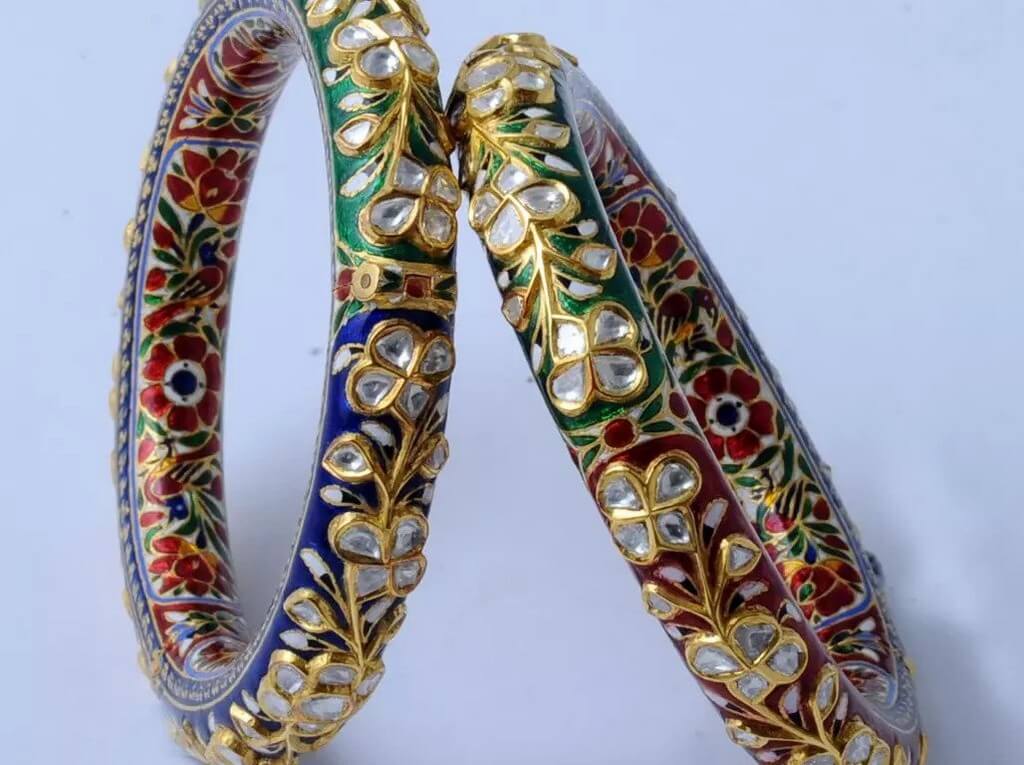
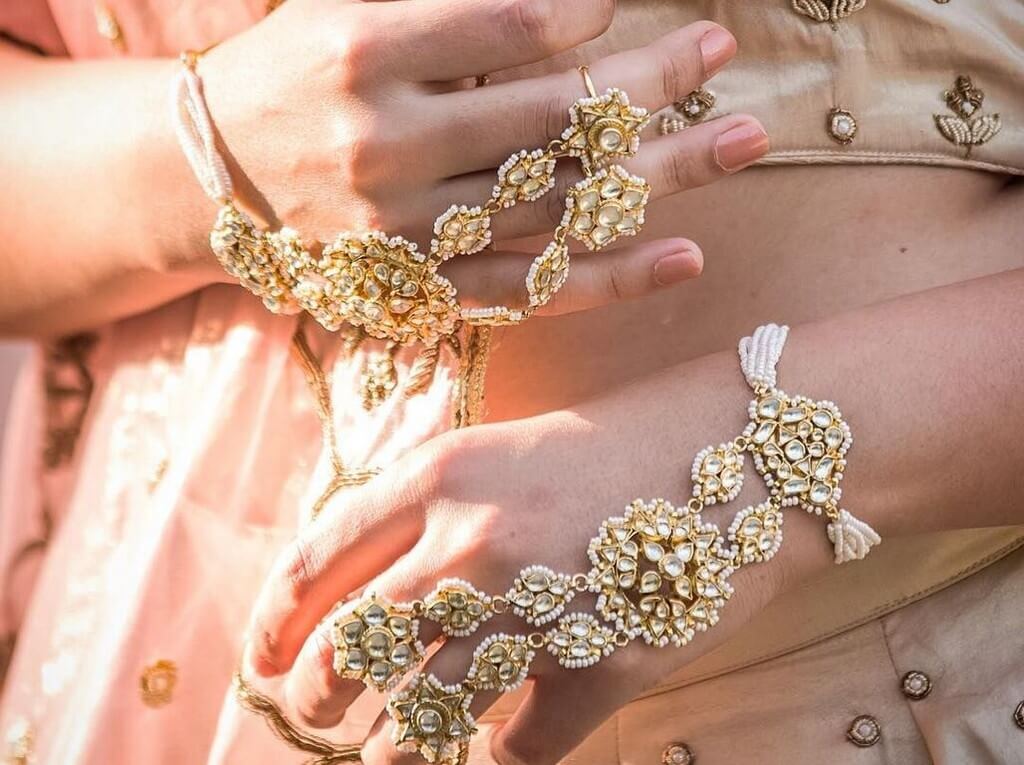
Meenakari work bangles look exquisite and are authentically fashionable amongst the youngish fashionistas. Adorning hands with mehendi & bangles has been a trend since times antique in India. Haath Phool rings attached to strings which form a spider web- analogous design are delicate hand jewellery which come across dainty and elegant. However, calcutta tode ( elephant kada) & kada bangles, generally, If you would like to travel bravely.
Traditional Indian Jewellery of Indian heritage jewellery- Bangles
JEWELLERY FOR YOUR FEET

Paizeb, This unusual Paizeb (or Pahzeb) is from Hyderabad. because the name implies, it’s an embellishment for the bottoms. Loose chain links, set in gold kundan design with uncut diamonds, and stone drops rather than ghungroos, assure it lies flat on the bottom over your ankles. Another celebrated bottom jewellery is gray ghungroo payals and toe ring payals which are like hathphool for your bases.
As we have talked over the prominent traditional jewelleries from India allow us to quarry into the finish & stone genres of jewellery now.
KUNDAN/POLKI/JADAU
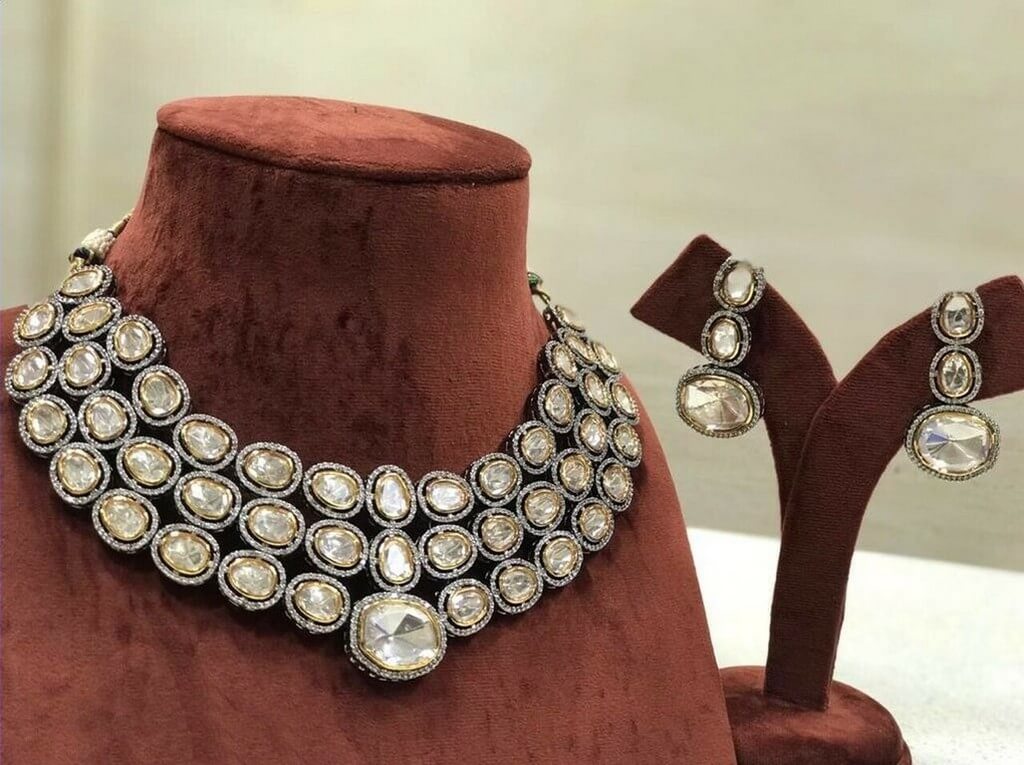
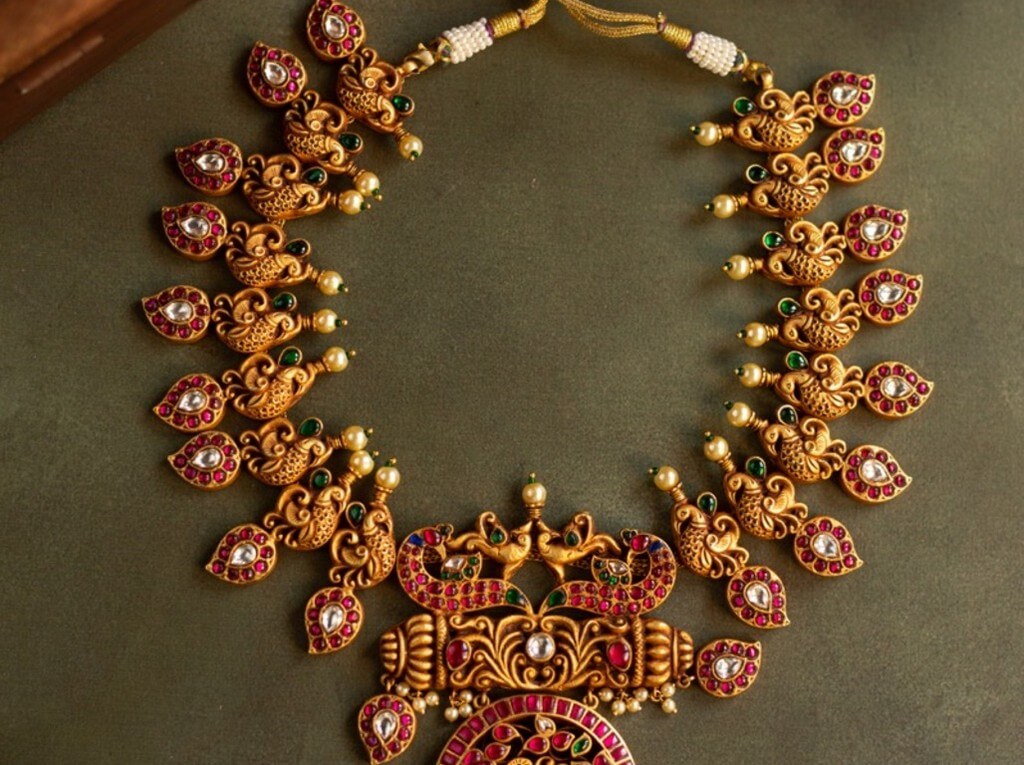
Kundan & Jadau jewellery are Mughal inspired and require expert artificer. Placing gemstones on sheets of gold requires an excellent quantity of long-suffering & skill. Polki jewellery is actualized in Bikaner & is heavily Mughal inspired too. it’s raw uncut diamonds which provides it a bohemian goddess vibe. Kundan, Jadau & Polki work jewellery is trending here and now because it was done cycles ago. dateless beauty may be an expression used for ditto jewellery. Sure the designs might get tweaked as per the trends but the design remains always.
PEARL JEWELLERY
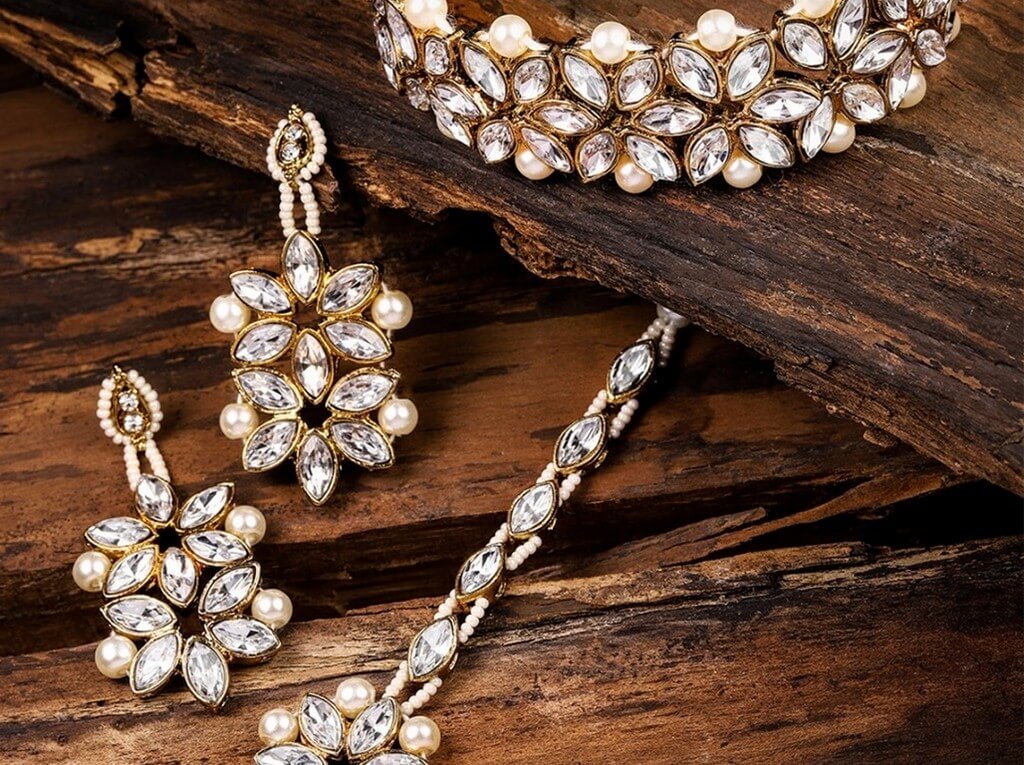
Pearls are always applicable. Pearl jewellery may be a sign of a woman. Traditional pearl jewellery was a prized possession of Nawabs. Hyderabad is the center of dealing pearls, and historically pearls are preferred as a gem as they represent the moon & purity too! Pearl jewellery holds a prized place in everyone’s jewel box.
MEENAKARI JEWELLERY
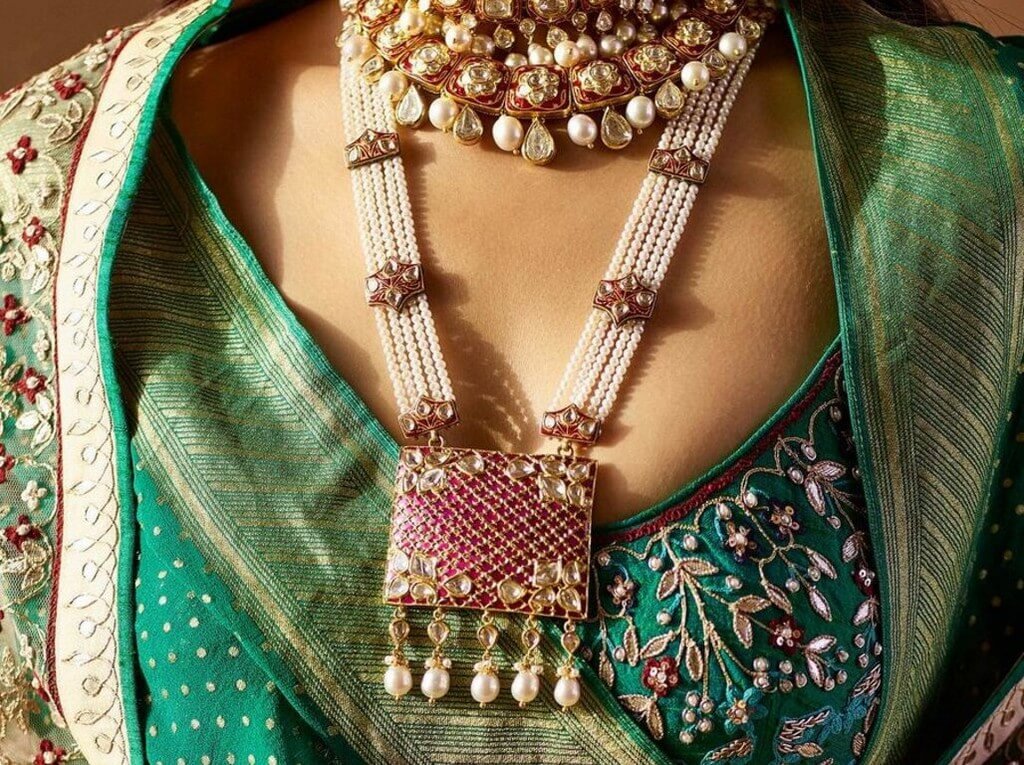
Meenakari may be a Persian art which colors the surface of gold & silver metals by fusing brilliant colours. The art introduced within the 17th century, was delivered to Varanasi by Persians during the Mughal time. India may be a potboiler of cultures. Mina (Minoo) in Persian means the blue colour of heaven. it had been initially used to bring on designs on the tail of Polki jewellery. Now, it’s a design on its own.
TEMPLE JEWELLERY
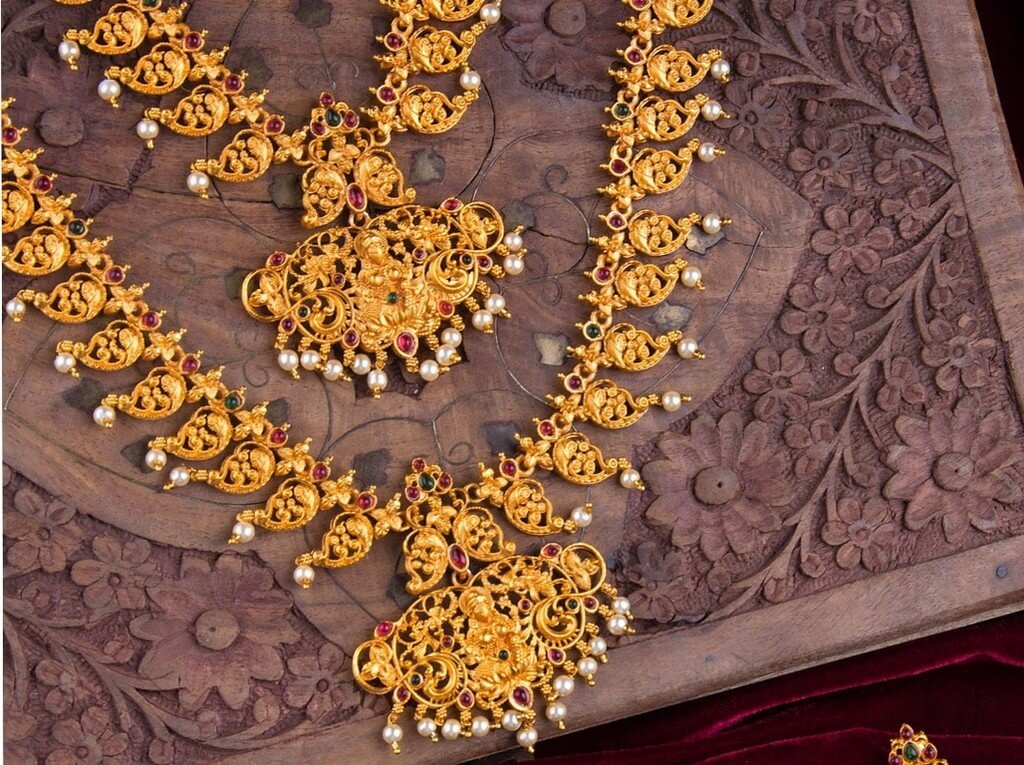 Adornments with motifs of Gods, Goddesses, flowers, birds are temple jewellery. The name springs from the particular use of the jewellery. it had been used to decorate the Gods & Goddesses. The royal families made some jewellery pieces for themselves. With time, the art has surpassed all boundaries & was employed by the common folk in plentitude. Indeed here and now, the auspicious & godly jewellery is a pivotal part of the jewellery to tend to a South Indian bridegroom on her day as blessings from the Gods.
Adornments with motifs of Gods, Goddesses, flowers, birds are temple jewellery. The name springs from the particular use of the jewellery. it had been used to decorate the Gods & Goddesses. The royal families made some jewellery pieces for themselves. With time, the art has surpassed all boundaries & was employed by the common folk in plentitude. Indeed here and now, the auspicious & godly jewellery is a pivotal part of the jewellery to tend to a South Indian bridegroom on her day as blessings from the Gods.
Traditional Indian Jewellery is a beauty of its own. Various brands have imbibed the traditions of ancient, mystical India with trends of the moment to offer you Fashion Jewellery which is brassy but crammed with nostalgia too! Head over to ascertain our beautiful collection. We promise, you will be pleased.













